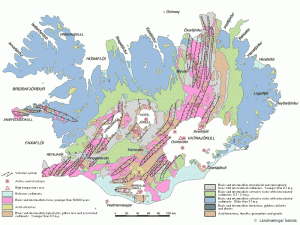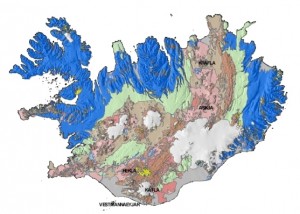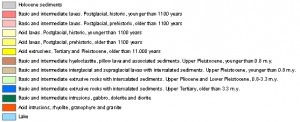According to Rúv it appears that British Geological Survey did pay for the set-up of six seismometers around Eyjafjallajökull and Katla volcanoes. This seismometers are able to detect lower frequencies better then current seismometers around Eyjafjallajökull and Katla. This type of sensors are normally called broadband seismometers and have frequency range down to 0.001Hz and up to 60Hz. I do not know how far the sensors that BSG did cost. But I am going to assume that they go down a bit farther then IMO sensors in the area. According to Rúv the sensors are already up and where on-line earlier this year.
They are located at following location.
Mælifellssandi not far from Slysaöldu, Rjúpnafell east of Mýrdalsjökul, two are located both sides of Eyjafjallajökull on Ásólfsskálaheiði at south and Smjörgili at north not far from Gígjökli glacier. Fifth sensor is going to be set-up in Pétursey in Mýrdal. The location of the six sensors has not been decided yet.
The cost of this project is about 100.000 pound according to Rúv.
The reason for this is that authorities in UK (and Europe) want to get more warning if there is a big eruption in Katla volcano. Mostly to prevent the air chaos that took place when Eyjafjallajökull erupted earlier this year.
Five sensors where in the area before. The sensor net is going to be really sensitive when the new sensors go on-line at IMO headquarters in Reykjavík. But more sensors give more accurate location of earthquakes, both in depth and location.
The news from Rúv in Icelandic. Use Google Translate at own risk.
Bretar setja upp jarðskjálftamæla (Rúv.is)




